
The American Presence
A guide to the Americans in Suffolk, 1942 - 1946
The Sharp End
Numbers of Americans in Suffolk during World War II fluctuated and peaked just prior to D-Day with 71, 105 service men and women present. After the invasion, when some combat units and support organisations such as the Engineer (Aviation) Battalions moved to the Continent, numbers reduced to 61, 977 on October 31, 1944 and 60, 439 on January 31, 1945. Using the population figures for Suffolk from the 1931 Census (the 1941 Census was cancelled due to the war) recording 401, 114 civilians, there was roughly one American for every six locals. Suffolk’s nearest East Anglian rival in numbers of Americans was Norfolk with 57, 311 stationed there in April 1944. The ‘Friendly Invasion’ was an unprecedented cultural encounter between nations and prompted the GI visitor to Suffolk, Sgt. Robert Arbib, to write that no two nations had ever before had ‘a truer international understanding.’
After VE Day May 8, 1945 numbers gradually reduced as American troops transferred to the Pacific theatre or returned home. The last 500 GIs of the Eighth Air Force left RAF Honington on February 26, 1946. Brig Gen. Emil C. Kiel, then Commander of the Eighth Fighter Command, bid a fond farewell and left in the last of 7,177 B-17 Flying Fortress bombers used by the Eighth in the United Kingdom.
Of the nineteen airfields in Suffolk used as operational stations by the Eighth Air Force, three (Martlesham Heath, Honington and Wattisham) were existing RAF stations constructed before the war. British contractors (Richard Costain Ltd, George Wimpey & Co Ltd, John Laing and Sons, Haymills Ltd, W & C French Ltd, John Mowlem and Kirk and Kirk Ltd) constructed thirteen more during 1942 and 1943 (Bury St Edmunds, Rattlesden, Lavenham, Horham, Framlingham, Knettishall, Great Ashfield, Leiston, Bungay, Metfield, Mendlesham, Sudbury and Halesworth). American Engineer (Aviation) Battalions constructed three more between 1942 and 1944 ( Eye, Debach and Raydon) and contributed to completing many of the others.

The Third Air Division headquartered at Elveden Hall, Suffolk was (along with the Second Air Division mostly stationed in Norfolk and the First Air Division stationed in the west of the region) a component part of the USAAF Eighth Air Force in East Anglia and the East Midlands. The Third Air Division has a close association with Suffolk with most of its combat groups stationed here during World War II. A large square painted on the tails identified aircraft from the Third Division. The square contained a letter that further identified the group (Square B, for example, identified the 95th Bombardment Group at Horham, Suffolk). A typical bomber airfield was like a small town with over 3,000 citizens. The main bomber aircraft flown by the Eighth were the B-17 Flying Fortress and the B-24 Liberator. The Third Division operated both types but concentrated increasingly on the B-17 from mid 1944.
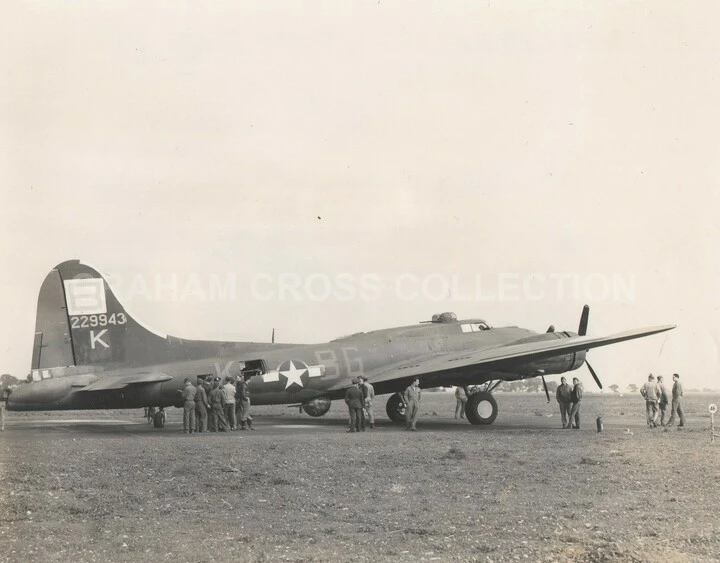
The Third Division comprised of four combat wings dividing the fourteen bombardment groups*:
4th Combat Wing (Bury St Edmunds) comprising of
94th Bombardment Group at Bury St Edmunds, Suffolk (Square A)
447th Bombardment Group at Rattlesden, Suffolk (Square K)
486th Bombardment Group at Sudbury, Suffolk (Square W)
487th Bombardment Group at Lavenham, Suffolk (Square P)
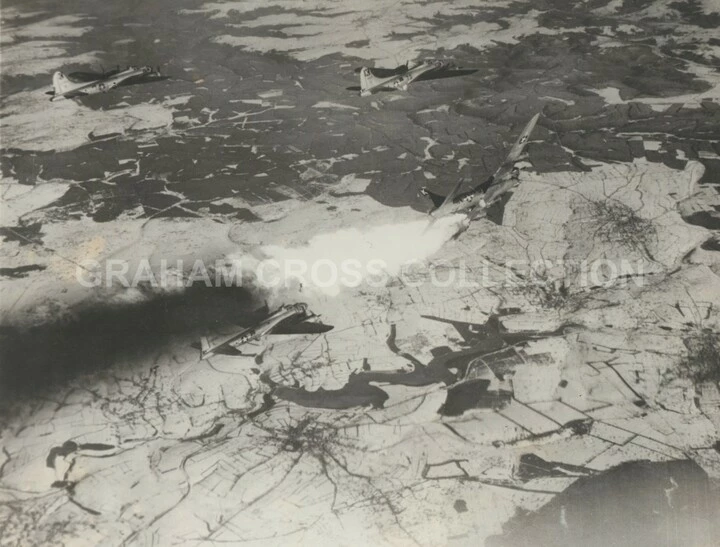
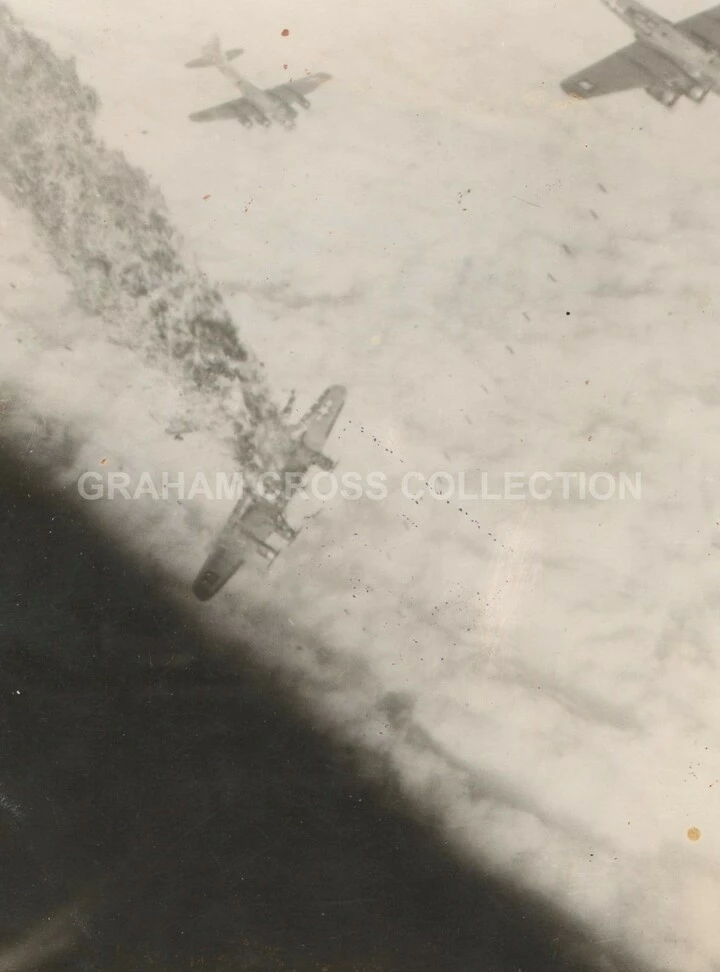
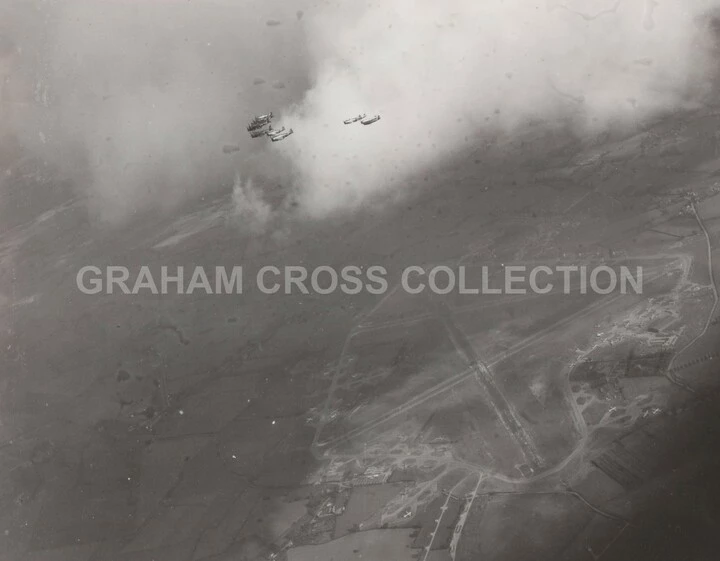
13th Combat Wing (Horham) comprising of
95th Bombardment Group at Horham, Suffolk (Square B)
100th Bombardment Group at Thorpe Abbotts, Norfolk (Square D)
390th Bombardment Group at Framlingham, Suffolk (Square J)
45th Combat Wing (Snetterton Heath) comprising of
96th Bombardment Group at Snetterton Heath, Norfolk (Square C)
388th Bombardment Group at Knettishall, Suffolk (Square H)
452nd Bombardment Group at Deopham Green, Norfolk (Square L)
93rd Combat Wing (Mendlesham) comprising of
34th Bombardment Group at Mendlesham, Suffolk (Square S)
385th Bombardment Group at Great Ashfield, Suffolk (Square G)
490th Bombardment Group at Eye, Suffolk (Square T)
493rd Bombardment Group at Debach, Suffolk (Square X)
‘Almost didn’t get to record this mission. Good Friday… Just at bombs away we were hit twice in No. 3 engine, which caught fire. Moved away from formation, was unable to feather the prop which proceeded to vibrate [and] to shuck the ship apart [sic]…Fire went out why I just don’t know…Every man on the crew prayed – all plenty scared.'
1st Lt. Roland W. Myers, 385th Bomb Group, Diary, March 30, 1945
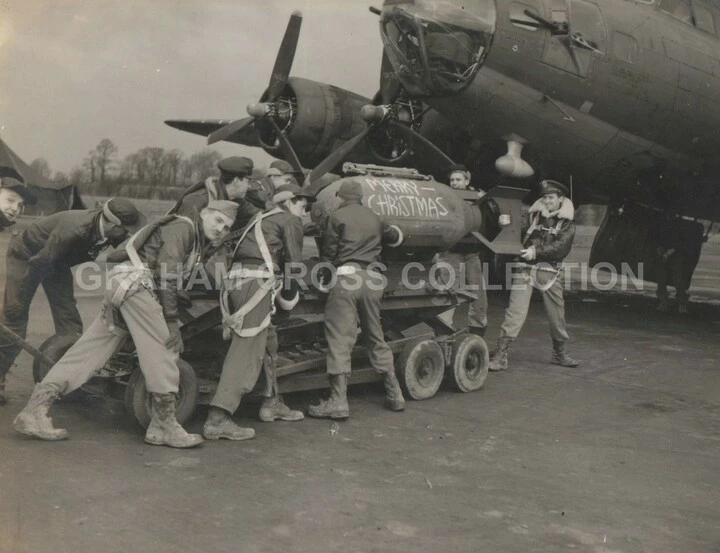

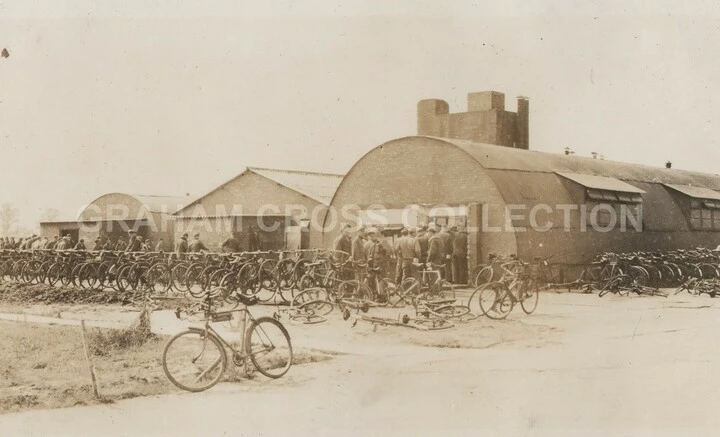
Also attached to the Third Division from September 1944 was the 66th Fighter Wing (Sawston Hall). The five fighter groups carried distinctive nose markings on their aircraft to identify the group. The 66th Fighter Wing was one of three wings in the Eighth Fighter Command (the 65th and the 67th were the others). The main fighters used were the P-47 Thunderbolt, the P-38 Lightning and the P-51 Mustang, though the P-51 was dominant from mid 1944 onward. A typical fighter station was home to around 1,500 men.
55th Fighter Group at Wormingford, Essex
78th Fighter Group at Duxford, Cambridgeshire
339th Fighter Group at Fowlmere, Cambridgeshire
353rd Fighter Group at Raydon, Suffolk
357th Fighter Group at Leiston, Suffolk
‘I looked around and saw no P-47s, just e/a [enemy aircraft]. Started out and one got on my tail and started crawling up shooting the hell out of me… Lucky and thanking God I got home.'
2nd Lt Harry Brown, 353rd Fighter Group, Raydon Diary, June 12, 1944
Although the Third Air Division is closely associated with Suffolk, it is important to note that not all the groups in the division were based in the county (the 96th, 100th and 452nd Bombardment Groups were located in Norfolk and three of the five fighter groups were also outside the county).
Similarly, the other divisions had organisations stationed in Suffolk. The First Air Division had the 364th Fighter Group at Honington and the 356th Fighter Group at Martlesham Heath. The Second Air Division had the 446th Bombardment Group at Bungay, the 489th Bombardment Group at Halesworth and the 491st Bombardment Group at Metfield for a time. They also had the 56th Fighter Group at Halesworth (until April 1944) and the 479th Fighter Group at Wattisham.
Lt Wilford D. Drake from the 356th Fighter Group at Martlesham Heath with his P-47 Thunderbolt named for his wife (Click to hear him speaking in 1945).

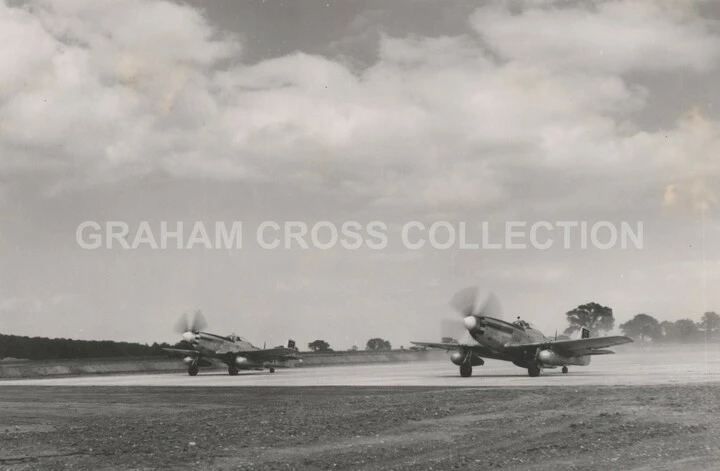
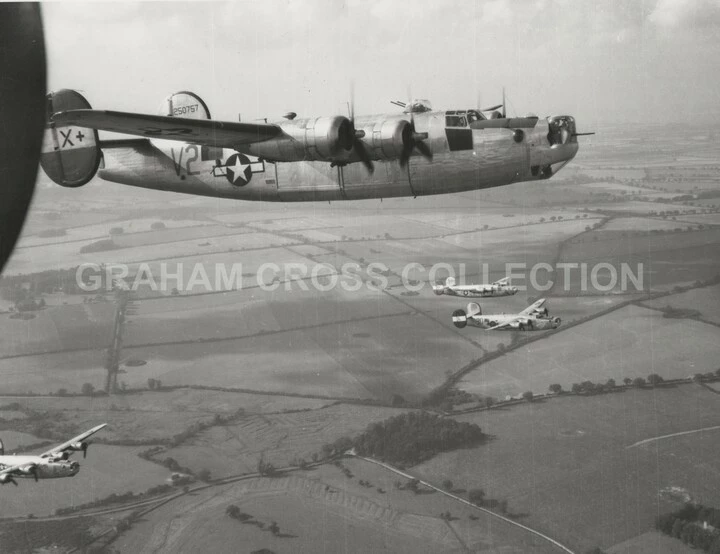
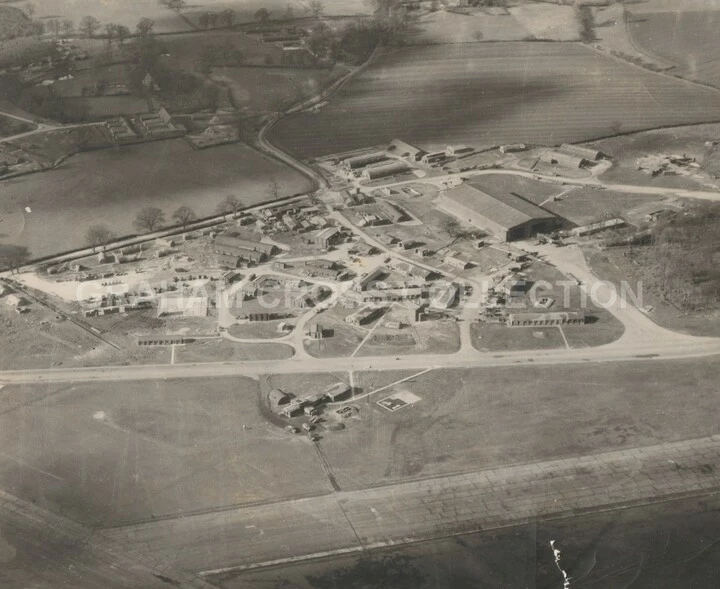
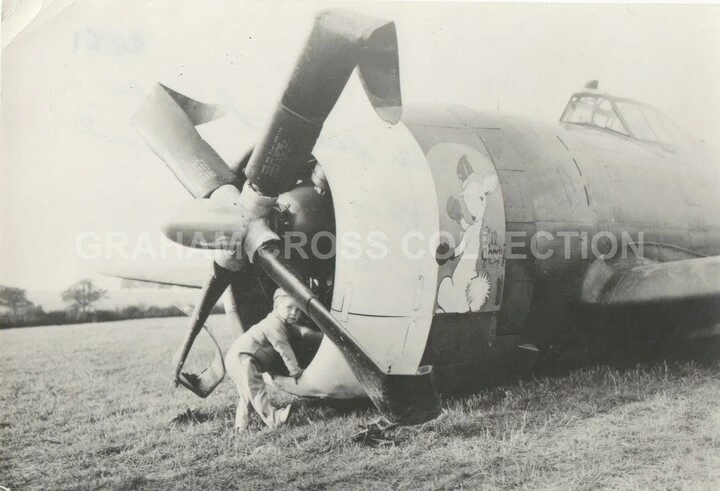

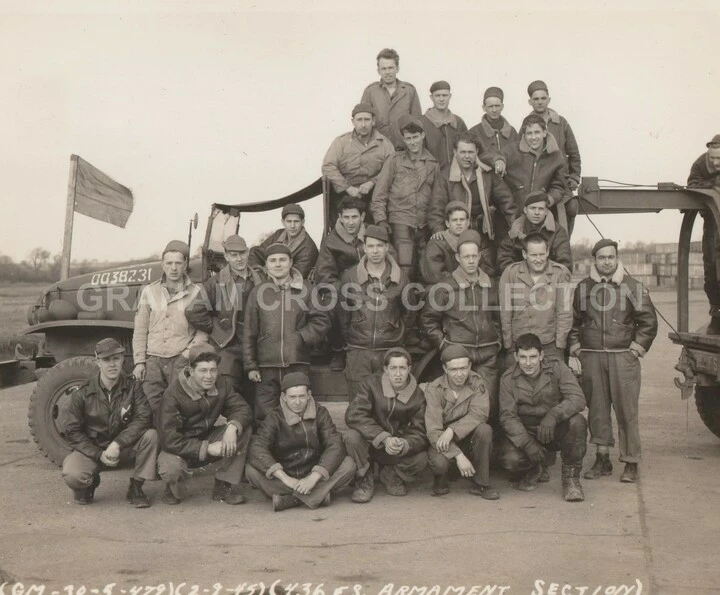
There were also many non-combat USAAF organisations acting in a support capacity from bases in Suffolk. These included the 1st Strategic Air Depot at Honington (Troston) and the 4th Strategic Air Depot at Wattisham (Hitcham). Americans were located at twenty further locations in the county at one time or another. These locations included bomb and chemical weapons stores at Barnham (Little Heath and Warren Wood sites and at Bures), a General Hospital at Redgrave Park and Station Hospital at Acton, Ordnance and Quartermaster Truck Companies at Higham Heath, Stowmarket and Tostock and Aviation Engineers at Haughley Park. There was even a detachment of American Military Police in Ipswich. Everywhere you went in Suffolk for a few short years during wartime, the American presence would have been very apparent both in the skies above, but also in the towns and villages of the county.
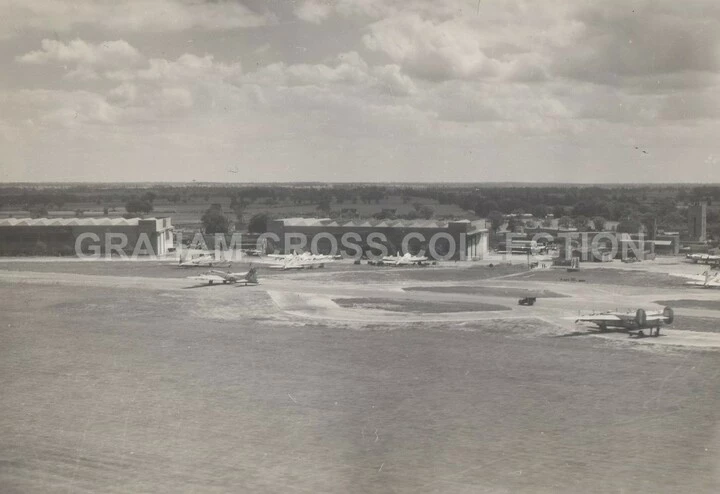
*This can only be an approximate guide and does not take account of all unit designation or location changes over time. This scheme also does not attempt to describe units of the Ninth Air Force stationed in the county in the period before the D-Day landings. The African American 923rd Engineer (Aviation) Regiment and constituent battalions were assigned to the Eighth Air Force while building airfields in the United Kingdom (and the Service of Supply for duty, administration and organisation). On March 17, 1944 they transferred to the Air Service Command and remained part of that organisation until transferred to IX Engineer Command in February 1945.